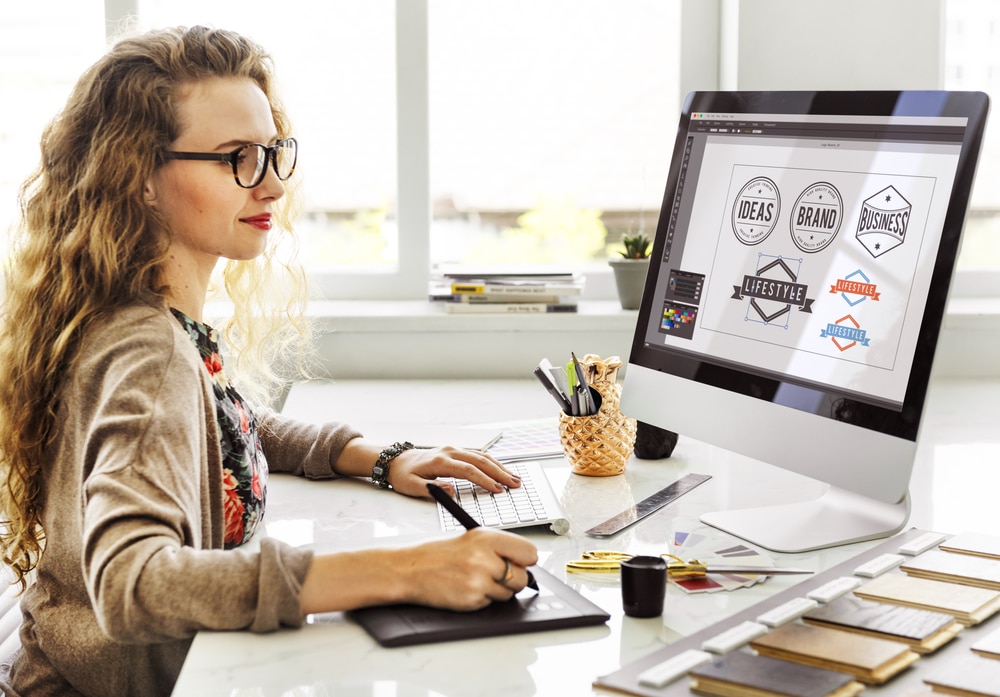A logo is more than just a visual mark—it’s the heart of a brand’s identity. Whether you're a startup looking to launch your first logo or a seasoned designer tackling a client project, inspiration is key. Great logos don’t appear out of thin air; they’re born from creativity, strategy, and a solid grasp of design trends. If you’re stuck in a creative block or just want fresh ideas, this guide will help you discover where to find creative logo design inspiration that truly stands out.
1. Explore Leading Design Platforms
Design-centric websites are goldmines of creative inspiration. These platforms showcase work from talented designers around the world and often include a wide variety of styles, techniques, and industries.
-
Behance – Adobe’s platform is packed with high-quality projects. You can filter by category, industry, or even color palette.
-
Dribbble – Perfect for short-format showcases. Follow top designers or search by keywords like "modern logos" or "vintage logo design."
-
Awwwards & CSS Design Awards – While primarily focused on web design, these sites also feature impressive branding and logo projects.
These platforms not only provide visual ideas but can also show you what's trending in the design world today.
2. Study Well-Known Brands
Big brands often have iconic logos for a reason—they’re built with purpose and creativity. Study logos from companies like Nike, Apple, FedEx, and Airbnb to understand how they use color, typography, and negative space. Analyze what makes them memorable.
Ask yourself:
-
What feelings does this logo evoke?
-
Is it simple yet distinctive?
-
How well does it adapt across platforms?
Learning from top-performing logos can help you craft one that resonates with your target audience.
3. Look Into Niche-Specific Design
If you're designing a logo for a specific industry—say, food, tech, or fashion—research logos in that niche. Each industry has visual trends and expectations that you should be aware of before creating something new.
For example:
-
Tech logos often lean toward geometric shapes and futuristic fonts.
-
Food logos usually incorporate organic elements and earthy tones.
-
Beauty brands often favor minimalism with elegant typography.
Understanding the visual language of an industry can spark more targeted and relevant design ideas.
4. Browse Pinterest Boards
Pinterest is an underrated treasure trove for logo inspiration. With millions of curated boards and pins, it’s easy to get lost in a sea of creative ideas. You can search for terms like:
-
“Creative logo design ideas”
-
“Minimalist logo inspiration”
-
“Typography logo trends”
Save the logos that catch your eye and analyze what elements make them effective. Over time, you’ll begin to recognize patterns and preferences in your own design taste.
5. Use Logo Design Books
While the internet is full of inspiration, don’t underestimate the value of a good book. Design books often provide deeper context, including thought processes behind famous logos, case studies, and interviews with renowned designers.
Recommended titles include:
-
Logo Modernism by Jens Müller
-
Logo Design Love by David Airey
-
Identity Designed by David Airey
Books offer timeless inspiration, free from the noise and trends of social media.
6. Check Out Competitor Logos
Looking at competitors in your niche can help you identify common design approaches—and how to break away from them. Avoid copying, of course, but noting what works (and what doesn’t) can help you position your brand more effectively.
Look for:
-
Overused icons or color palettes
-
Weak typography choices
-
Lack of versatility in logos
Creating something distinct from the crowd will help your brand or client stand out in a saturated market.
7. Experiment With Mood Boards
Mood boards are visual collages that bring together colors, images, typography, and ideas. Tools like Canva, Milanote, or Adobe Express make it easy to create digital mood boards that can serve as the foundation for your logo concept.
Gather images that align with the brand’s values, tone, and aesthetic. Over time, the direction for your logo design will become clearer and more focused.
8. Find Regional Inspiration
Every culture and region has its design aesthetic, influenced by local art, history, and traditions. If you're working on a logo for a local business or international brand, researching design styles from that specific region can set your work apart.
For example, if you're targeting the UK market, looking at the best logo design UK portfolios can help you understand the expectations, color schemes, and styles that resonate with that audience. From traditional English serif fonts to modern, minimalist layouts, regional design language can be a powerful source of inspiration.
9. Let the Brand’s Story Guide You
Finally, and perhaps most importantly, inspiration should come from the brand itself. Every company or product has a story—its mission, values, audience, and personality. Dig deep to understand what the logo needs to communicate.
Ask these questions:
-
What does the brand stand for?
-
Who is the target customer?
-
What tone or emotion should the logo convey?
Designing with purpose ensures your logo isn’t just beautiful, but also meaningful.
Final Thoughts
Creative logo design doesn't happen by accident. It takes research, exploration, and inspiration from a wide range of sources. Whether you’re scrolling through design platforms, flipping through books, or observing the world around you, inspiration is everywhere—you just need to look with intention. Use the techniques above to gather ideas, refine your vision, and create logos that are both visually striking and strategically sound. And remember, every great logo starts with a spark of inspiration.
Emma John Details
User Profile
- Full name
- Emma John
- Email address
- emaajohns12@gmail.com
- Join Date
- 2025-07-08
- State
- City
- Pincode
- Address
- Follow us on Facebook
- Follow us on Twitter
- Website Name
- Bio

